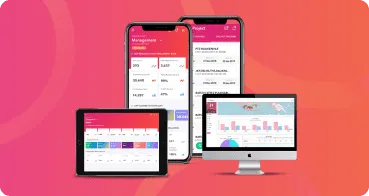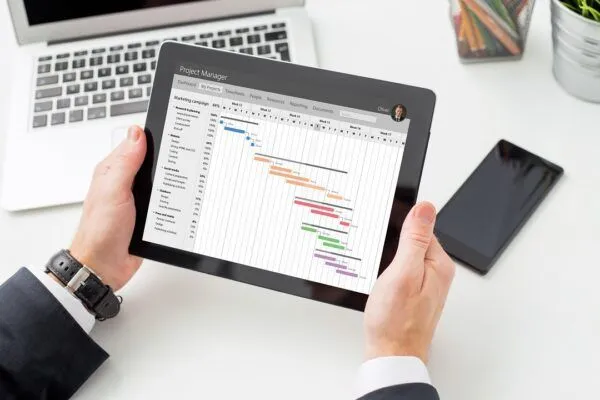Have you ever heard about Agile Manifesto? Did you know, this term arose from the frustration of a group of developers with the Waterfall Model. What is happen?
What is Agile Manifesto?
Agile Manifesto is the values of software development initiated by a group of software developers. Agile Manifesto emerged from their frustration with the traditional method (Waterfall Model). This is because the Waterfall Model has a long process and gap between requirements and product delivery. So the risk of project cancellation is big. In 2001, a new group of values was created. It called Agile Manifesto. This new model eventually develops and forms the basis of Agile Software Development creation.
Conceived by Jon Kern, Kent Beck, Ward Cunningham, Arie van Bennekum, Alistair Cockburn, and 12 others, Agile Manifesto has 4 values. They are Individuals and interactions over processes and tools, Working software over comprehensive documentation, Customer collaboration over contract negotiation, and Responding to change over following a plan.
Agile Manifesto Values
1. Individuals and Interactions Over Processes and Tools
Departing from the problems in the Waterfall Model, the first value in the Agile Manifesto is the emphasis that individuals and their interactions are in full control of the “steering wheel” of a project. As a result, the level of interaction and the quality of the team’s communication with the situation in the project increases. This will not happen if the main “steering wheel” is still delegated to the default process tools. This value also directly makes one developer not indifferent to the work of other developers.
2. Working Software Over Comprehensive Documentation
Still processing data physically and not integrated? Imagine how much time and resources were wasted still implementing this method. Try to choose these two options: Submit a thick stack of data for reporting to the client, or Provide a simple infographic that includes all project information. Of course the second one, right?
If you choose the first option, then you must be ready to deal with the long and lengthy process of approval and incident response. In Agile, product specifications, requirements, interface designs, and other project data can be presented in more detail
3. Customer Collaboration Over Contract Negotiation
Ever been trapped in a project situation that got out of hand and away from the original client contract? It’s called scoop creep, and it’s also what Agile wants to keep away from. Compared to running a project that sticks to a standard initial contract, the Agile Manifesto values flexibility and collaboration between the developer and the client.
In this way, both parties will collaborate and benefit from it. On the one hand, the client will achieve the realization of the project in accordance with his wishes, on the other hand the developer will be greatly helped by a more detailed and clear product specification. So, all forms of unexpected changes during the project can be discussed together.
4. Responding to Change Over Following a Plan
As mentioned earlier. The Waterfall method tends to be rigid and fixed in the details of the process that has been made. Thus, this model can be called less flexible with the changes.
Meanwhile, the Agile Manifesto offers developers the flexibility to make changes to the project. Even so, this does not mean that this method overrides the value of initial planning in the project. However, the Agile Manifesto is valued more speed in responding to changes. Technically, Agile uses short and responsive iterations that are responsive to changes in order to allow for new features added in later iterations.
That’s the understanding of the Agile Manifesto which is important for you to know. Find various other informative articles about project management with Tomps, your project management solution!








